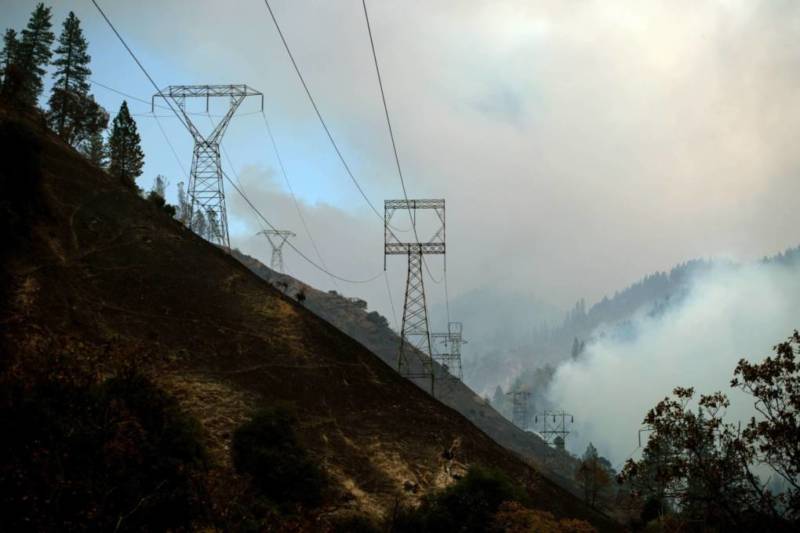Those include several in the North Bay in 2017; the 2018 Camp Fire in Butte County that nearly wiped out the town of Paradise and nearby communities; the 2019 Kincade Fire in Sonoma County; the 2020 Zogg Fire in Shasta County, which killed four people; and last year’s Dixie Fire, which burned nearly 1 million acres of northern Sierra Nevada forest.
All told, fires the company started while on probation have killed 111 people.
“In these five years, PG&E has gone on a crime spree and will emerge from probation as a continuing menace to California,” U.S. District Judge William Alsup wrote in a report last week reviewing his oversight of the utility.
“We have tried hard to rehabilitate PG&E,” Alsup wrote. “As the supervising district judge, however, I must acknowledge failure.”
Alsup declined an interview request from The Associated Press to elaborate on his concerns about PG&E.
PG&E faces more criminal charges for both the Kincade and Zogg fires. Butte County prosecutors are now determining whether to charge the company with arson in the Dixie Fire, a decision due by July.
PG&E’s conduct prompted its court-appointed monitor to raise alarms about the utility’s wildfire prevention efforts in a final report filed in November.
Although the monitor’s report applauded significant improvements to the company’s natural gas operations, it raised serious concerns about the company’s poor record of wildfire safety.
“We doubt anyone would seriously contend PG&E’s performance has been adequate, or that substantial improvement is not still imperative,” the report said.
The monitor cautioned that with 25,000 miles of power lines in California’s most fire-prone territory, the consequences of a single misstep — a missed hazard tree, the failure to replace corroded hardware on power lines — can be “death and destruction.”
Judge Alsup, who repeatedly excoriated PG&E during its probation, asked both federal prosecutors and PG&E in 2019 to weigh in on whether he could extend the company’s probation.
He raised the idea again during a hearing earlier this month held to consider allegations PG&E had violated probation by starting the Kincade and Zogg fires.
When PG&E lawyers formally denied the charges, Alsup told Assistant U.S. Attorney Noah Stern he would consider extending probation, but only if prosecutors asked him to.
The U.S. Attorney’s Office in San Francisco declined to file such a motion. Instead, it told Alsup that PG&E’s term of probation was already the maximum allowed under federal law. Even though there is no binding legal precedent, the prosecutors said, they would not seek an extension given the “unique history and circumstances” of the PG&E case.

